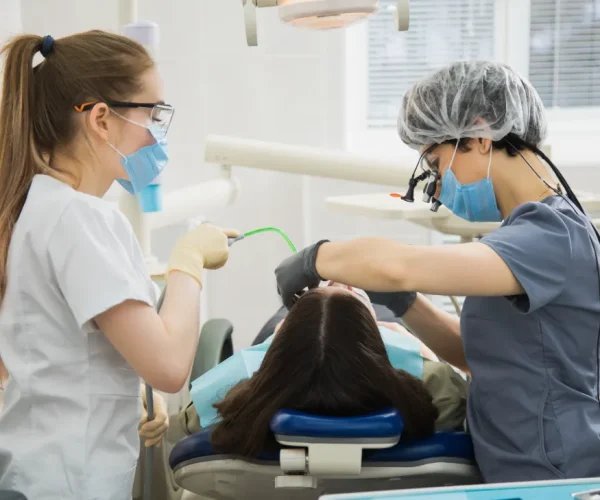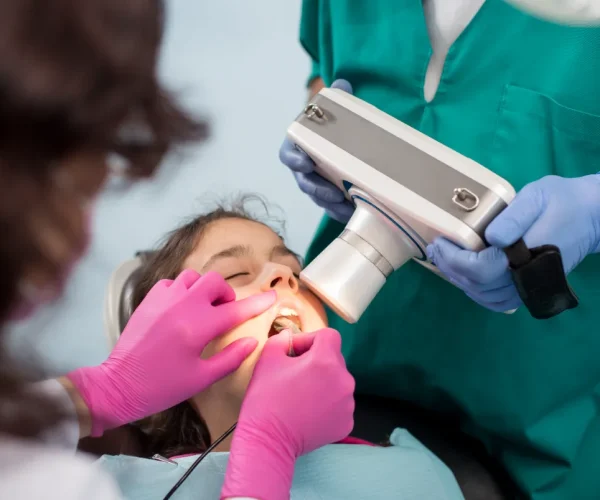Why Become an Orthodontic Assistant Today?

An orthodontic assistant plays a vital role in helping patients achieve healthy, beautiful smiles. This career path offers rewarding opportunities for those interested in healthcare and patient care, as well as a chance to work in a growing dental specialty. If you’re considering a career in dental assisting with a focus on orthodontics, here’s why becoming an orthodontic assistant is a smart choice today.
What Does an Orthodontic Assistant Do?
An orthodontic assistant supports orthodontists by preparing patients for treatment, taking X-rays, and assisting with braces and other orthodontic appliances. They help ensure patient comfort during visits and perform essential office duties, such as scheduling appointments and maintaining patient records.
Working closely with patients, orthodontic assistants develop strong communication skills and learn about different treatment plans, making each day unique and engaging.
Benefits of Becoming an Orthodontic Assistant
Choosing to become an orthodontic assistant comes with many benefits, including:
- Job Stability: The demand for orthodontic care continues to grow, creating steady job opportunities.
- Rewarding Work: Helping patients improve their smiles brings satisfaction and positive impact.
- Flexible Career Options: Orthodontic assistants can work in private practices, dental clinics, or hospitals.
- Competitive Salary: With proper training and certification, orthodontic assistants can earn a stable income.
- Career Growth: Opportunities exist to advance into office management, dental hygiene, or further dental specialties.
How to Become a Successful Orthodontic Assistant
Becoming an orthodontic assistant typically requires completing a dental assisting program that includes coursework in orthodontics. Hands-on clinical experience is essential to master skills such as applying braces, taking impressions, and sterilizing equipment.
Certification and state licensing may be required, depending on your location. Investing in professional development will help you stay updated on the latest orthodontic techniques and technologies.

Orthodontic Assistant Skills That Make a Difference
A great orthodontic assistant combines technical knowledge with excellent interpersonal skills. Key qualities include:
- Attention to detail during procedures and documentation.
- Compassion and patience to ease patient anxiety.
- Strong communication skills for explaining care instructions.
- Ability to work efficiently in a fast-paced clinical environment.
- Teamwork to support the orthodontist and other staff.
Why Now Is a Great Time to Join the Field
With advances in orthodontic treatments such as clear aligners and digital imaging, the role of an orthodontic assistant is evolving and becoming more specialized. Practices seek trained assistants who can handle new technologies and improve patient experiences.
If you’re passionate about healthcare and enjoy working with people, the orthodontic assistant career path offers both personal fulfillment and professional growth.
Ready to Start Your Career as an Orthodontic Assistant?
If becoming an orthodontic assistant interests you, now is the perfect time to take the first step. Look for accredited dental assisting programs that offer orthodontic training to build your skills and confidence.
Contact us to discover how we can assist you in achieving your career objectives. For more information on dental career opportunities and training programs, visit our page and explore our GLG Dental Assisting School blog for dental professionals, featuring helpful tips and advice.
